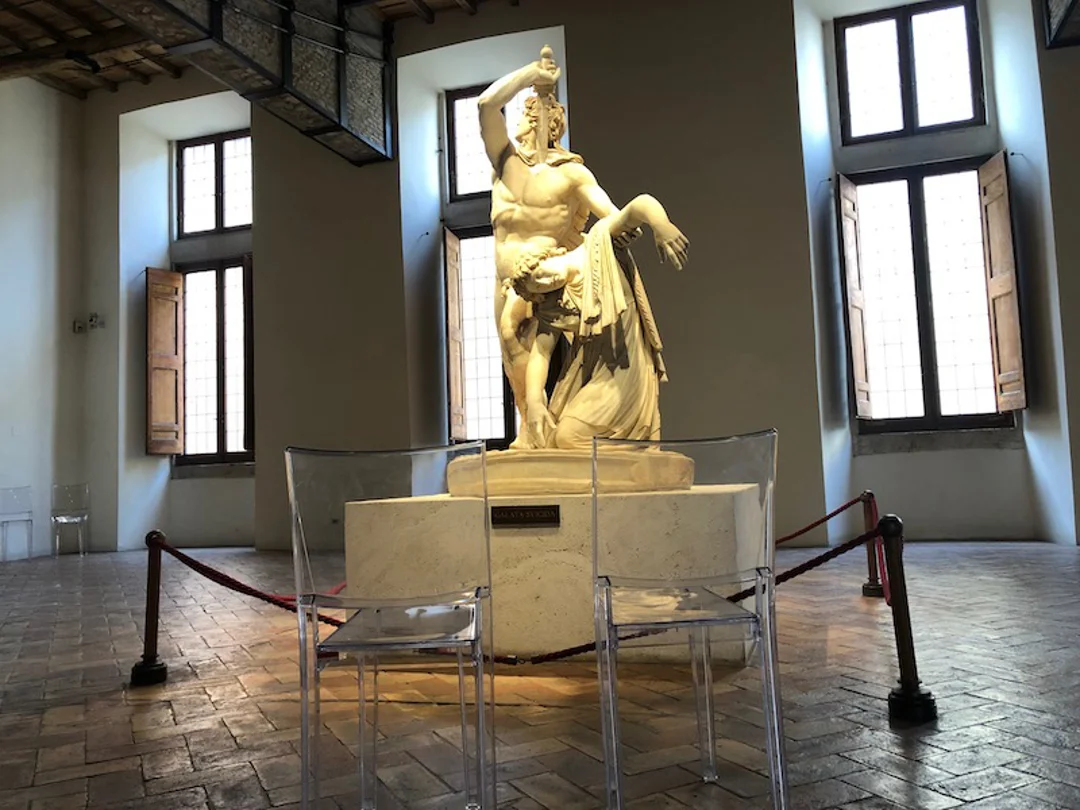from
$569
Piazza Navona Underground Ruins Tour with Palazzo Altemps
Free CancellationPrivate Tour
Admire the stunning Suicidal Gaul, Athlete at Rest, and more then see the ruins of Domitian' Stadium
Free CancellationPrivate Tour
Most visitors to Rome have no idea they’re walking above an ancient stadium buried beneath Piazza Navona. With skip-the-line access and a passionate guide, begin your journey at Palazzo Altemps, home to breathtaking ancient sculptures like the gripping Suicidal Gaul. Then, step below Piazza Navona to uncover Domitian’s 20,000-seat stadium, where Roman athletes once competed. From hidden ruins to Renaissance masterpieces, this tour reveals a side of Rome that few ever get to experience.
Select participants and date
Start times are in the product’s local time
Free cancellation up to 7 days in advance!
Fri, 09 Jan 2026
OUR BEST SELLING TOURS AT A GLANCE
Most Popular Tours
Special Access Colosseum Arena Floor Tour through the Gladiator's Gate
Semi-Private Vatican Tour with Sistine Chapel and St. Peter’s Basilica
Colosseum Underground Tour with Roman Forum and Palatine Hill
Rome Catacombs Tour and Capuchin Crypts with Transportation
Trastevere Local Food Tour in Rome
Private Rome in a Day Tour with Colosseum & Vatican Museums
Private Skip the Line Vatican, Sistine Chapel, and St Peter's Basilica Tour
All Our Destinations
A world of possibilities!
ParisThe Grand CanyonIstanbulReykjavikEdinburghSyracusePortofinoBudapestNiceStockholmViennaBerlinMunichSintraTaorminaSausalitoSantoriniBathAthensRomeVaticanVeniceFlorenceMilanPositanoPompeiiAmalfi CoastLa SpeziaCapriTuscanyNaplesBelfastSorrentoCinque TerrePisaBolognaComoPortoAmsterdamDublinPragueLas VegasLisbonVersaillesGivernyNormandySintraLondonBathSicilyBarcelonaGironaGranadaMadridSegoviaSeville (Sevilla)ToledoNew YorkPhoenixSan Francisco
